1. Jung DH, Hwang S, Song GW, Ahn CS, Moon DB, Kim KH, et al. 2017; Longterm prognosis of combined hepatocellular carcinoma-cholangiocarcinoma following liver transplantation and resection. Liver Transpl. 23:330–41. DOI:
10.1002/lt.24711. PMID:
28027599.

2. Sapisochin G, Facciuto M, Rubbia-Brandt L, Marti J, Mehta N, Yao FY, et al. 2016; Liver transplantation for "very early" intrahepatic cholangiocarcinoma: international retrospective study supporting a prospective assessment. Hepatology. 64:1178–88. DOI:
10.1002/hep.28744. PMID:
27481548.

3. Jung DH, Hwang S, Hong SM, Chung YK, Song GW, Lee YJ, et al. 2017; Post-resection prognosis of combined hepatocellular carcinoma-cholangiocarcinoma according to the 2010 WHO classification. World J Surg. 41:1347–57. DOI:
10.1007/s00268-016-3837-y. PMID:
27896409.

4. Lee JH, Chung GE, Yu SJ, Hwang SY, Kim JS, Kim HY, et al. 2011; Long-term prognosis of combined hepatocellular and cholangiocarcinoma after curative resection comparison with hepatocellular carcinoma and cholangiocarcinoma. J Clin Gastroenterol. 45:69–75. DOI:
10.1097/MCG.0b013e3181ce5dfa. PMID:
20142755.

5. Garancini M, Goffredo P, Pagni F, Romano F, Roman S, Sosa JA, et al. 2014; Combined hepatocellular-cholangiocarcinoma: a population-level analysis of an uncommon primary liver tumor. Liver Transpl. 20:952–9. DOI:
10.1002/lt.23897. PMID:
24777610.

6. Theise ND, Park YN, Nakanuma Y. Bosman FT, Carneiro F, Hruban RH, Theise ND, editors. 2010. Combined hepatocellular-cholangiocarcinoma. WHO classification of tumours of the digestive system. 4th ed. IARC;Lyon, Fr: p. 225–7.
7. Brunt E, Aishima S, Clavien PA, Fowler K, Goodman Z, Gores G, et al. 2018; cHCC-CCA: consensus terminology for primary liver carcinomas with both hepatocytic and cholangiocytic differentation. Hepatology. 68:113–26. DOI:
10.1002/hep.29789. PMID:
29360137. PMCID:
PMC6340292.

8. Sempoux C, Kakar S, Kondo F, Schirmacher P. Bosman FT, Carneiro F, Hruban RH, Theise ND, editors. 2019. Combined hepatocellular-cholangiocarcinoma. WHO classification of tumours: digestive system tumours. 5th ed. IARC;Lyon, Fr: p. 260–2.
9. De Vito C, Sarker D, Ross P, Heaton N, Quaglia A. 2017; Histological heterogeneity in primary and metastatic classic combined hepatocellular-cholangiocarcinoma: a case series. Virchows Arch. 471:619–29. DOI:
10.1007/s00428-017-2196-x. PMID:
28707055.

10. Kim JH, Yoon HK, Ko GY, Gwon DI, Jang CS, Song HY, et al. 2010; Nonresectable combined hepatocellular carcinoma and cholangiocarcinoma: analysis of the response and prognostic factors after transcatheter arterial chemoembolization. Radiology. 255:270–7. DOI:
10.1148/radiol.09091076. PMID:
20308463.

11. Na SK, Choi GH, Lee HC, Shin YM, An J, Lee D, et al. 2018; The effectiveness of transarterial chemoembolization in recurrent hepatocellular-cholangiocarcinoma after resection. PLoS One. 13:e0198138. DOI:
10.1371/journal.pone.0198138. PMID:
29879137. PMCID:
PMC5991684.

12. Kobayashi S, Terashima T, Shiba S, Yoshida Y, Yamada I, Iwadou S, et al. 2018; Multicenter retrospective analysis of systemic chemotherapy for unresectable combined hepatocellular and cholangiocarcinoma. Cancer Sci. 109:2549–57. DOI:
10.1111/cas.13656. PMID:
29856900. PMCID:
PMC6113439.

13. Kang SH, Hwang S, Ha TY, Song GW, Jung DH, Ahn CS, et al. 2019; Cross-sectional analysis of immunosuppressive regimens focused on everolimus after liver transplantation in a Korean high-volume transplantation center. Korean J Transplant. 33:98–105. DOI:
10.4285/jkstn.2019.33.4.98.

14. Yamanaka K, Petrulionis M, Lin S, Gao C, Galli U, Richter S, et al. 2013; Therapeutic potential and adverse events of everolimus for treatment of hepatocellular carcinoma: systematic review and meta-analysis. Cancer Med. 2:862–71. DOI:
10.1002/cam4.150. PMID:
24403259. PMCID:
PMC3892390.
15. Amin MB, Edge S, Greene F, Byrd DR, Brookland RK, Washington MK, et al. 2017. AJCC cancer staging manual. 8th ed. Springer;New York, NY: DOI:
10.1007/978-3-319-40618-3_2.
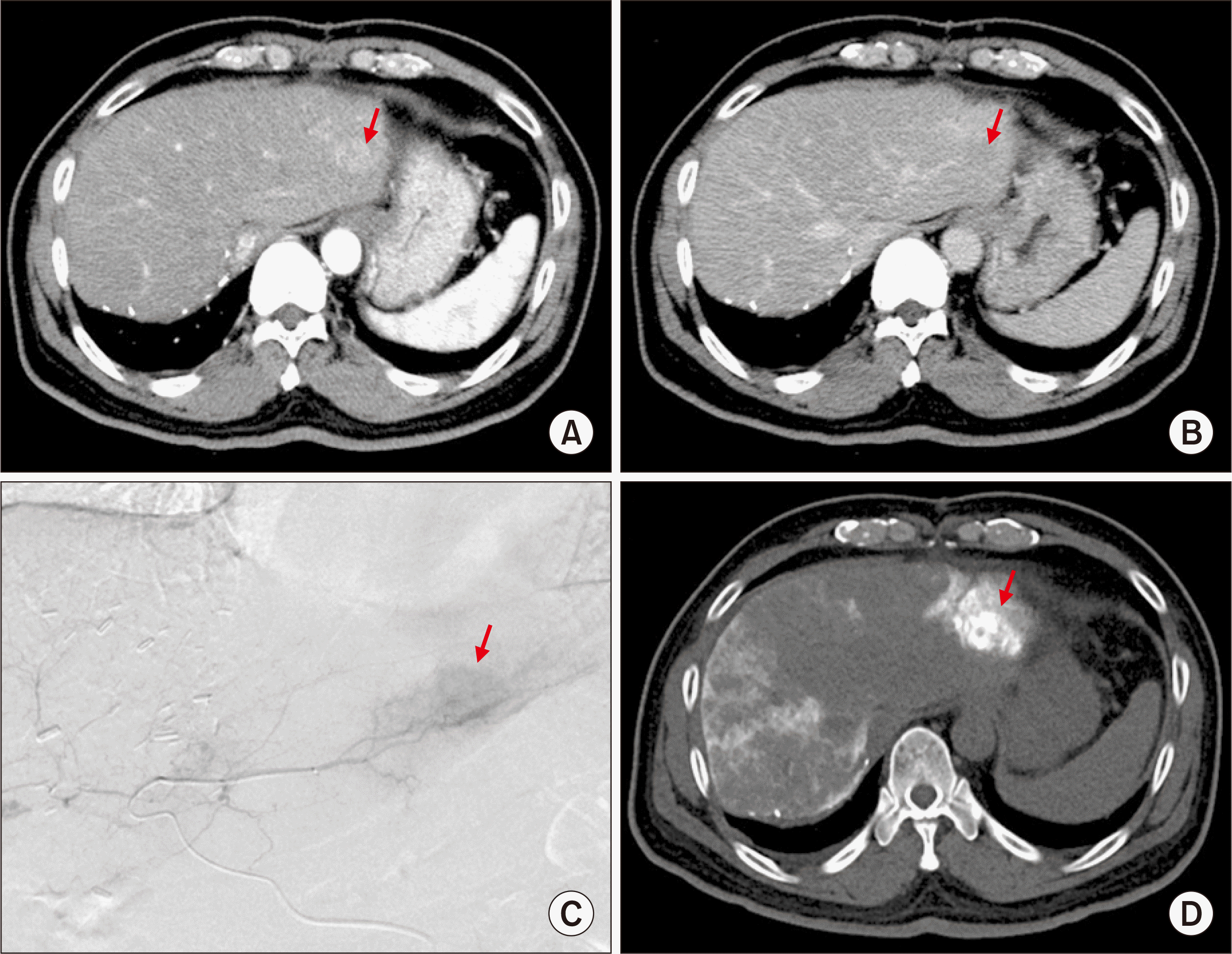
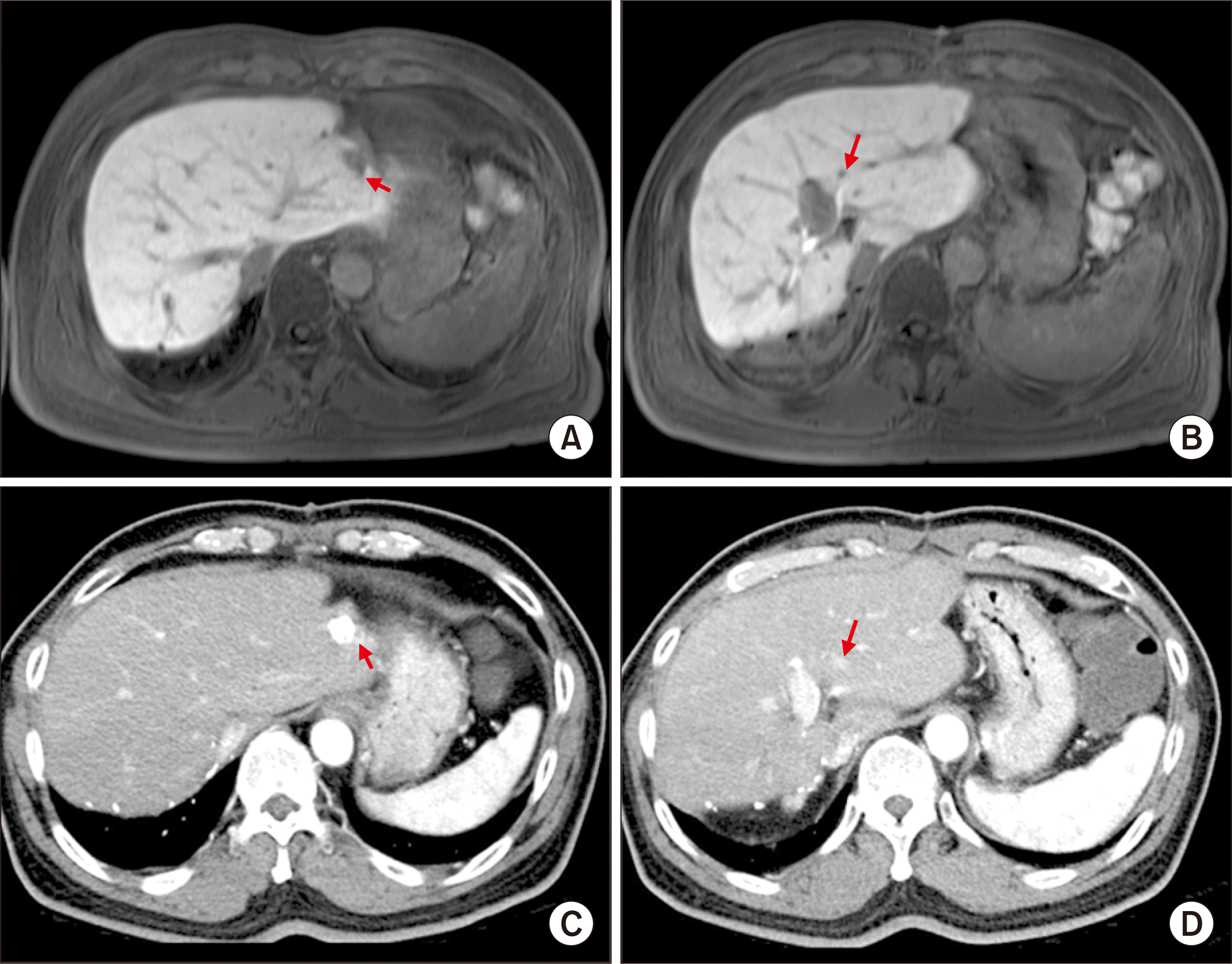
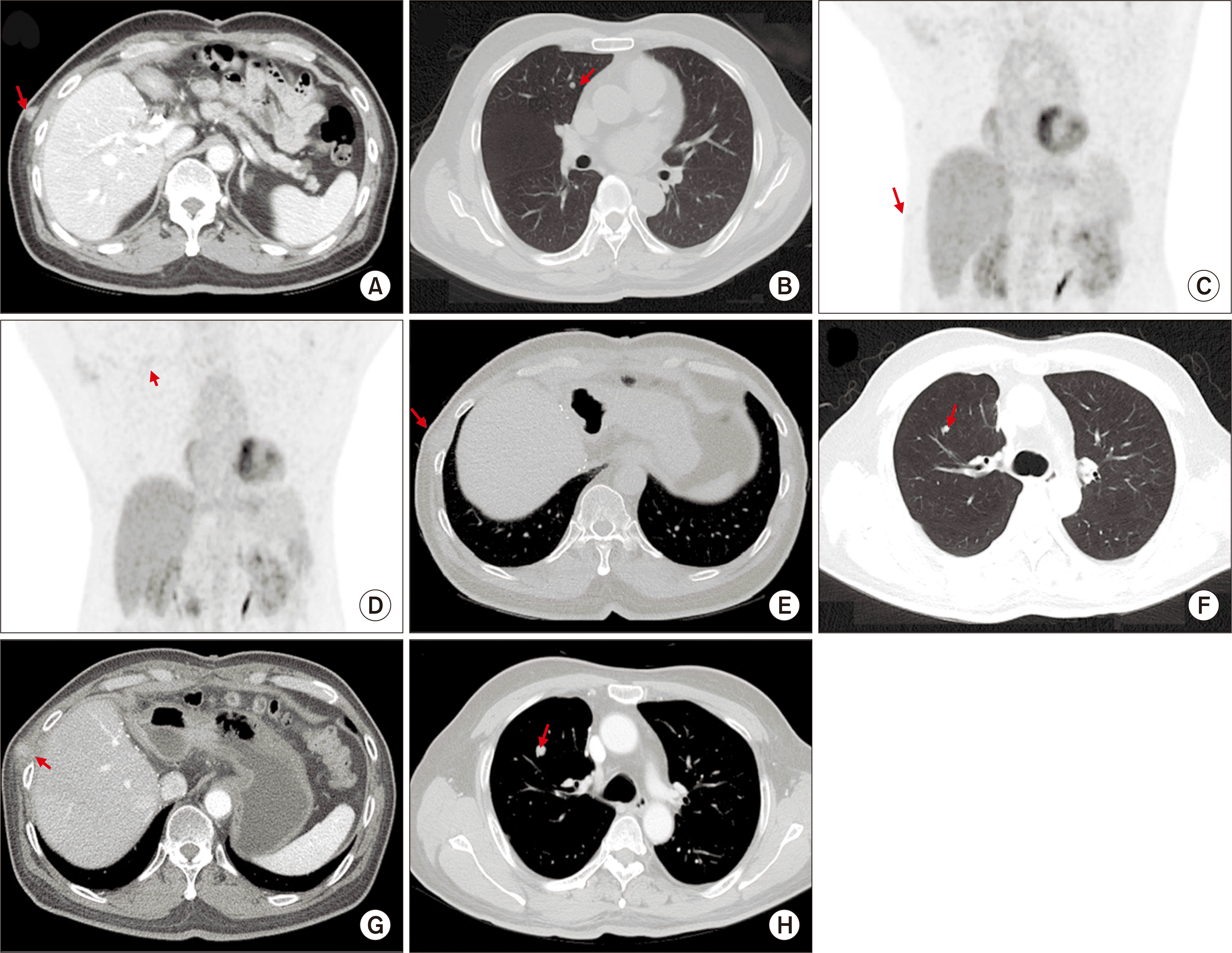




 PDF
PDF Citation
Citation Print
Print



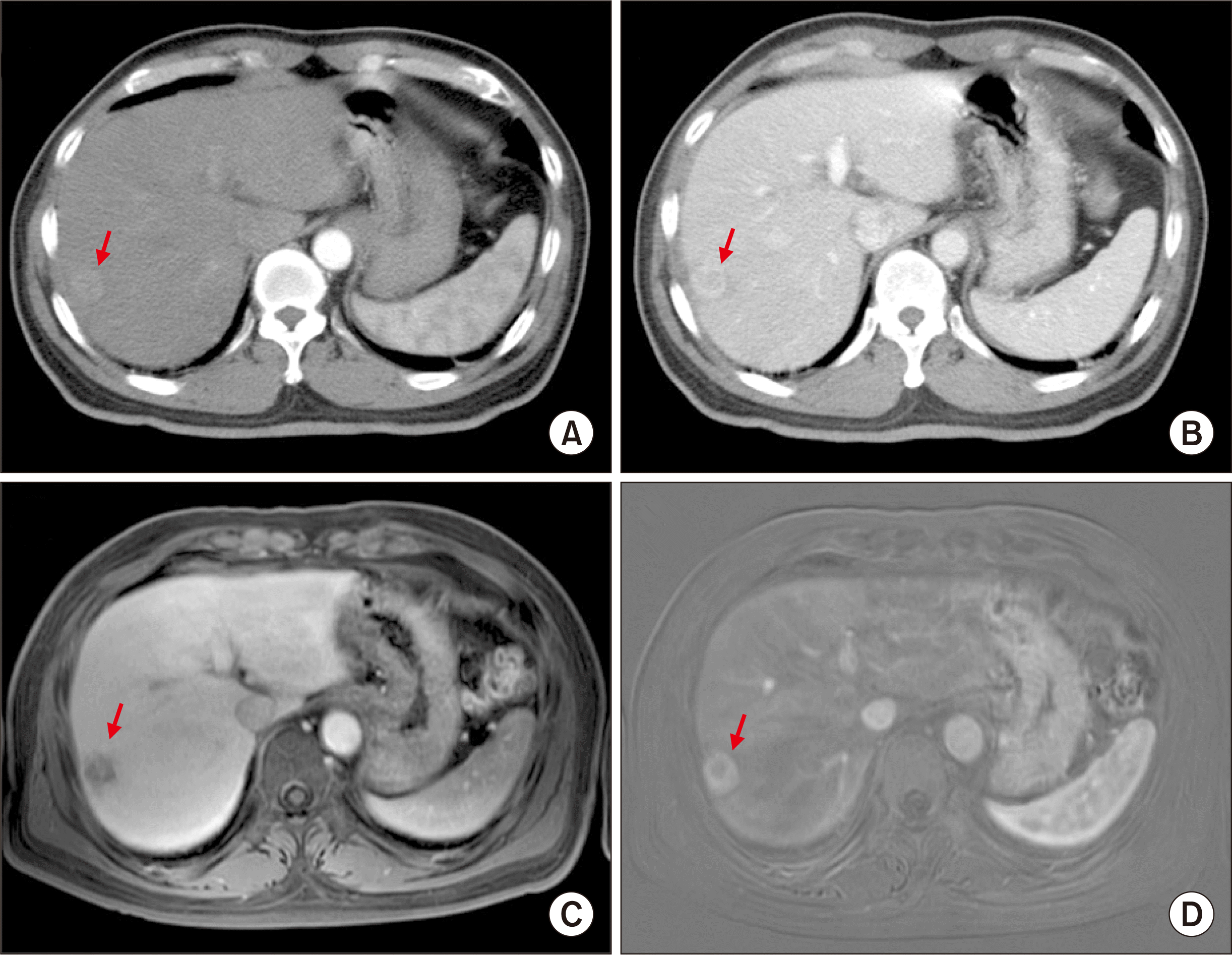
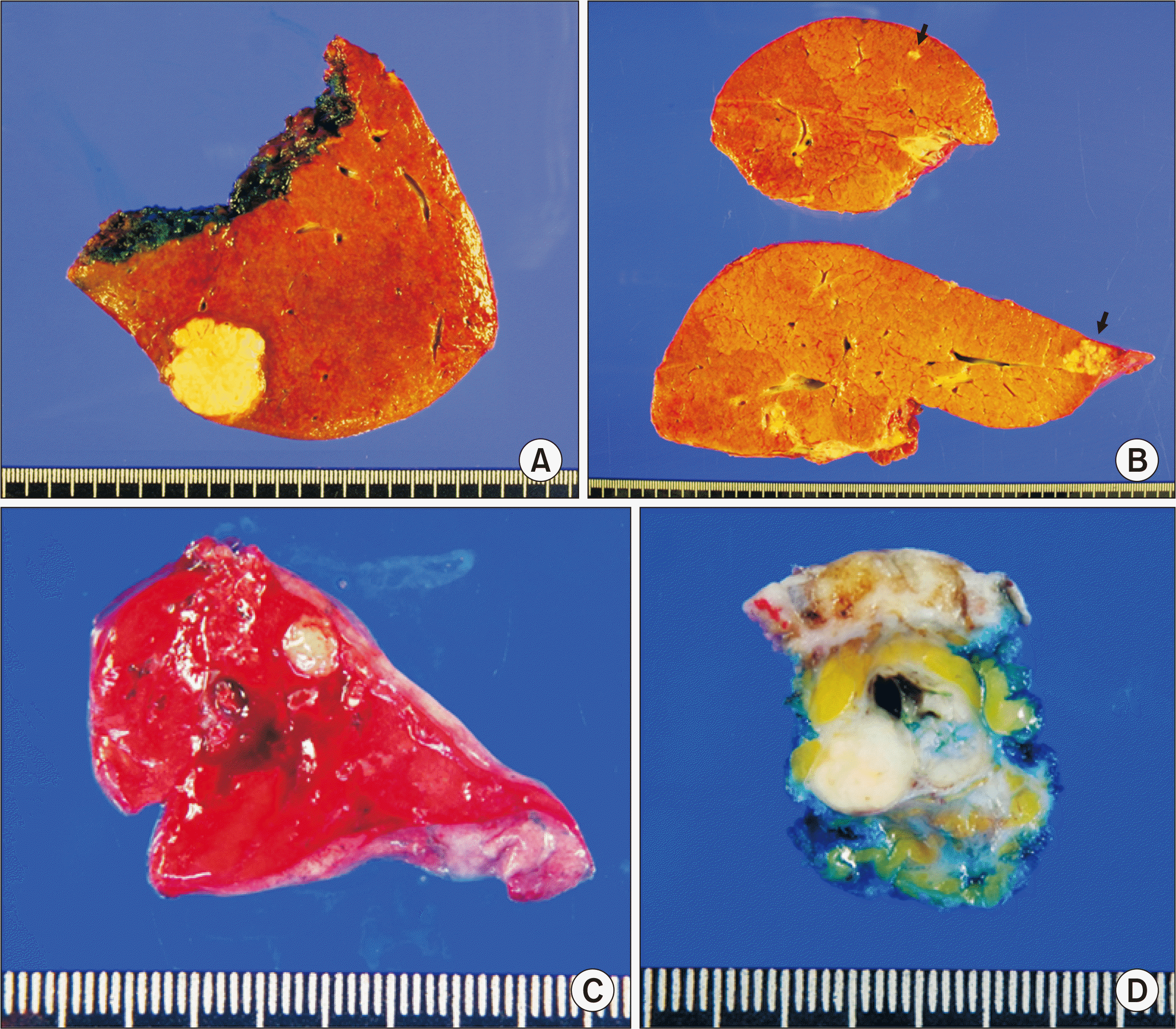
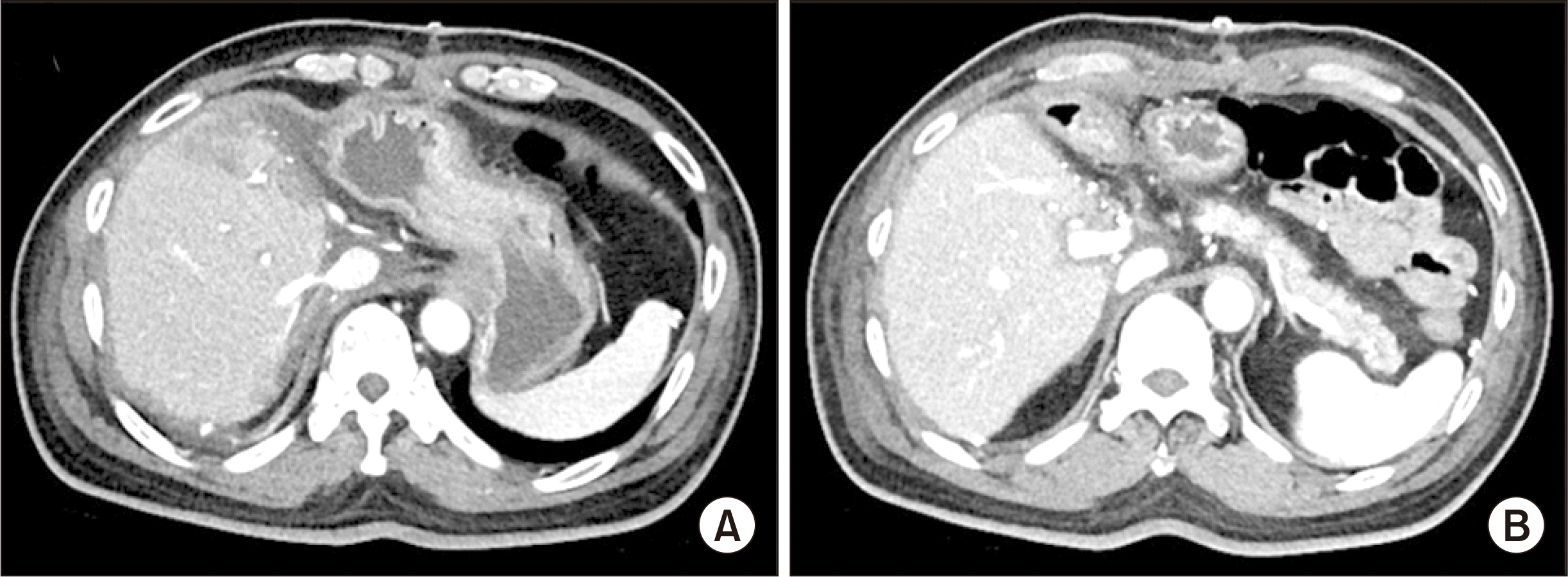
 XML Download
XML Download